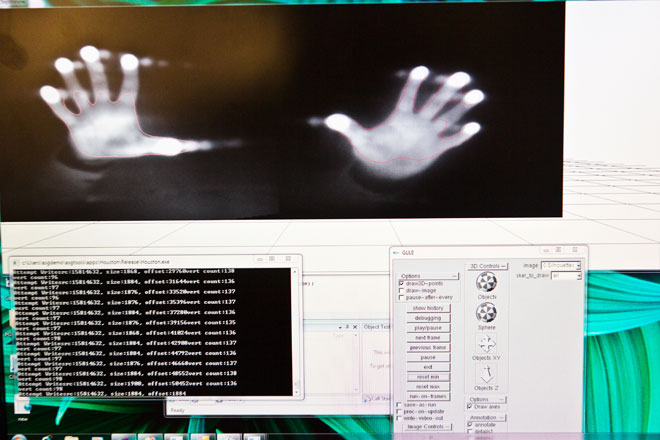With Steve Jobs stepping down from the CEO job at Apple, it’s easy to overlook the computer industry’s other big invention factory: Microsoft.
[aditude-amp id="flyingcarpet" targeting='{"env":"staging","page_type":"article","post_id":326468,"post_type":"story","post_chan":"none","tags":null,"ai":false,"category":"none","all_categories":"business,","session":"A"}']While it’s not often regarded as a font of innovation, Microsoft actually devotes substantial resources — to the tune of $8 billion annually — to research and development. The company was the third-most prolific recipient of patents in 2010 (after IBM and Samsung), with 3,094 patents granted, putting it far ahead of Apple’s 563, which ranked it 46th on the list.
And the company’s research facility in Redmond is a Mecca for computer scientists. The company employs 850 Ph.D.s around the world in its research efforts, and many are located in the Redmond campus’s Building 99.
AI Weekly
The must-read newsletter for AI and Big Data industry written by Khari Johnson, Kyle Wiggers, and Seth Colaner.
Included with VentureBeat Insider and VentureBeat VIP memberships.
I visited the facility earlier this year, before leaving Wired to come work at VentureBeat, and after some delays my story appeared recently: How Microsoft Researchers Might Invent a Holodeck.
Wired photographer Jim Merithew and I started out somewhat skeptical of the idea of spending a day at the home of Windows 7, Outlook and Clippy the Office Assistant. But then we were ushered into a world filled with mad scientists, intent on re-imagining the way that people interact with computers.
Some of these visions were more impractical than others. I’m not convinced, for instance, that we’ll ever need wrist cuffs that “read” our finger positions based on the electrical signals emitted by our forearm muscles.
On the other hand, some of the inventions we saw that day could take us far closer to the day when you can walk up to a video wall and peer through it at people on the other side of the world, just as naturally as you’d look through a window into the next room. In this vision, the scene changes for each viewer, so as you move your head side to side, you see slightly different views, while the person standing next to you sees their own perspective, just like in real life.
So while Microsoft makes most of its money from Windows and Office, it is definitely pushing the limits of innovation. Some of these mad-science inventions even make their way into products. You can see a direct line from these R&D projects to truly inventive products like the Kinect. The real question, then, is why Microsoft isn’t making better use of all those patents.
It’s an open question. But if the scientists in Building 99 are even partially successful, Microsoft will continue to play a significant role in inventing the interfaces of tomorrow.
[aditude-amp id="medium1" targeting='{"env":"staging","page_type":"article","post_id":326468,"post_type":"story","post_chan":"none","tags":null,"ai":false,"category":"none","all_categories":"business,","session":"A"}']
Photos by Jim Merithew/Wired.com
Related articles
- How Microsoft Researchers Might Invent a Holodeck (wired.com)
- How Microsoft designed Kinect to withstand gamers and lightning strikes (venturebeat.com)
VentureBeat's mission is to be a digital town square for technical decision-makers to gain knowledge about transformative enterprise technology and transact. Learn More

